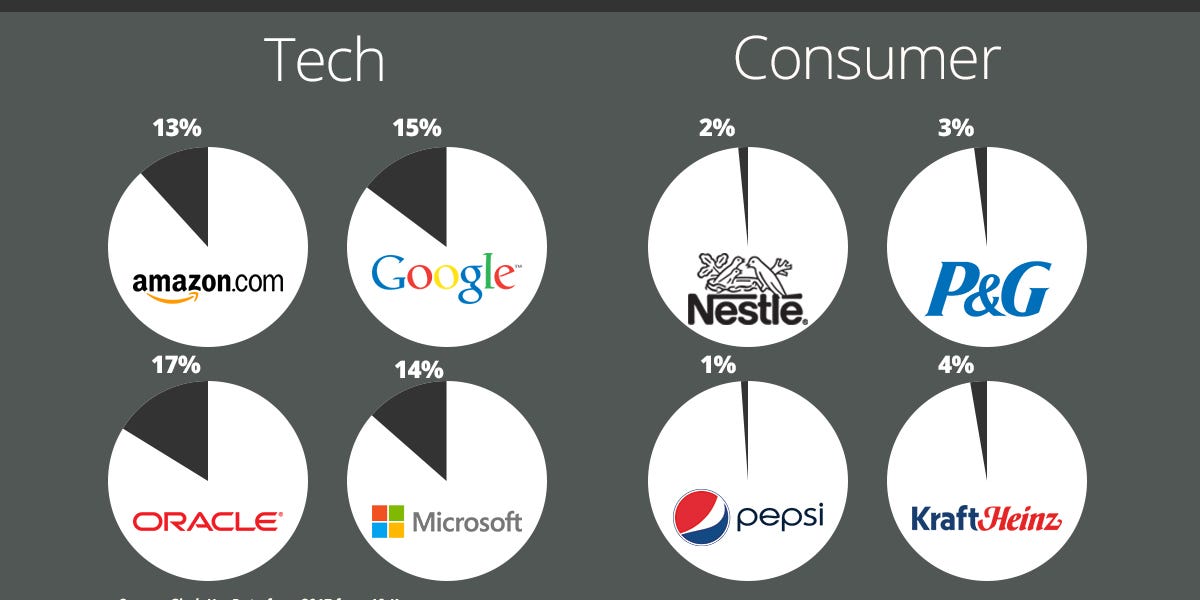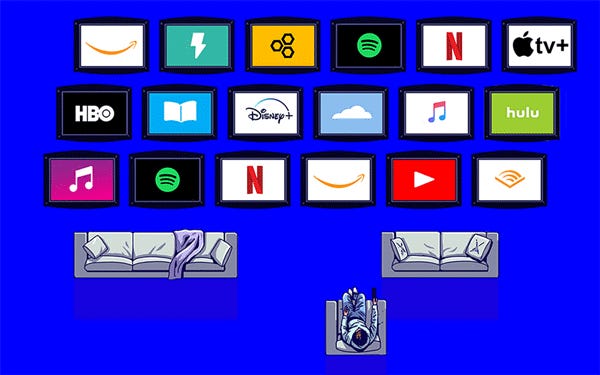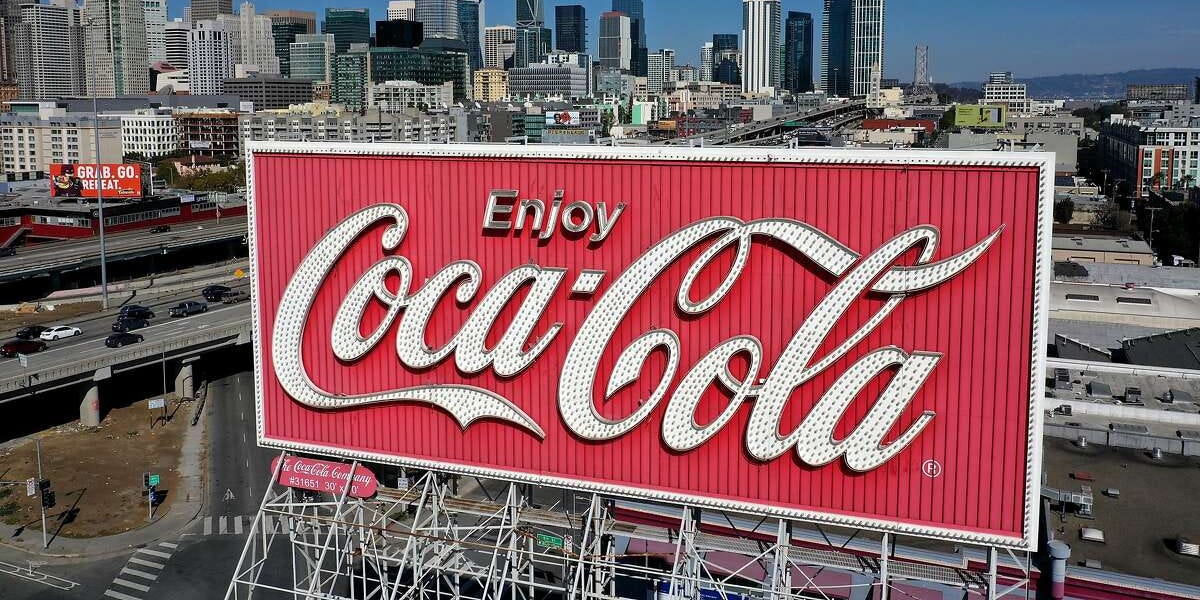The direct-to-consumer wave began in the twenty-tens as a new generation of startups promising to “disrupt” traditional industries for consumer goods. Instead of leaving the market to century-old stalwarts like Gillette, for example, a company like Dollar Shave Club, founded in 2011, would set up its own supply chains to manufacture razors; add cle... See more




